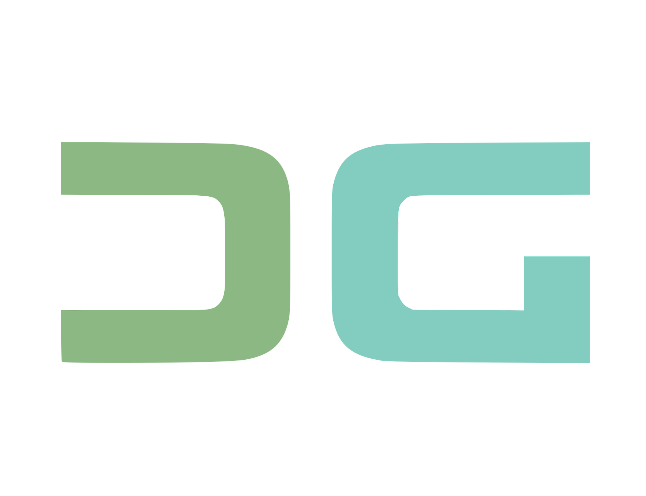
Performance and scale in production
We are migrating from more than 40 legacy systems to reinvigorate our business demands. We have ingested over 200 source systems in just six months. However, the real validation came recently when one of our use cases, running live on the new platform, achieved a 22x performance improvement over its legacy predecessor.
That number represents the compound effect of eliminating data silos, reducing ETL complexity, and using cloud-native autoscaling. When you can process overnight analytics jobs in minutes instead of hours, you fundamentally change how business decisions get made.
What makes this platform genuinely scalable isn’t just the technical architecture; it’s the operational model. We’ve implemented a GitOps approach with policy-as-code onboarding through GitLab CI/CD pipelines, where infrastructure and governance policies are defined declaratively and deployed automatically. This means onboarding a new system takes hours instead of months, and compliance becomes automatic rather than manual.
Additionally, we’re already running agentic AI use cases on the public side of our platform. The unified data model we’ve built positions us perfectly for the next wave of AI innovation. As more AI services become available with sovereign controls, we’ll be ready to expand our deployment at scale.
The key insight: Build your data foundation with AI in mind, even if you can’t implement every AI capability immediately. Clean, unified, well-governed data is the prerequisite for everything that’s coming.
A blueprint for the future
This is one of the largest and most comprehensive data platforms built on Google Cloud’s Data Boundary — but it won’t be the last. The architectural patterns we’ve developed, external key management, format-preserving encryption, unified data formats, policy-as-code governance, are replicable across any regulated industry.
The business case is also compelling: Eliminate expensive on-premises preprocessing infrastructure while gaining cloud-scale analytics capabilities. The technical implementation is proven. What’s needed now is the willingness to engineer sovereignty, rather than simply accept traditional trade-offs.
For my fellow data architects in regulated industries, you don’t have to choose between innovation and compliance. With the right technical approach, you can achieve both and build platforms that position your organization for the AI-driven future that’s rapidly approaching.
The maturity and integration of Google Cloud’s data and AI capabilities, combined with our intensive collaboration between engineering teams, has made this transformation possible. We’re not just customers: We’re co-creating the future of sovereign cloud platforms.
Source Credit: https://cloud.google.com/blog/topics/customers/engineering-deutsche-telekoms-sovereign-data-platform/




